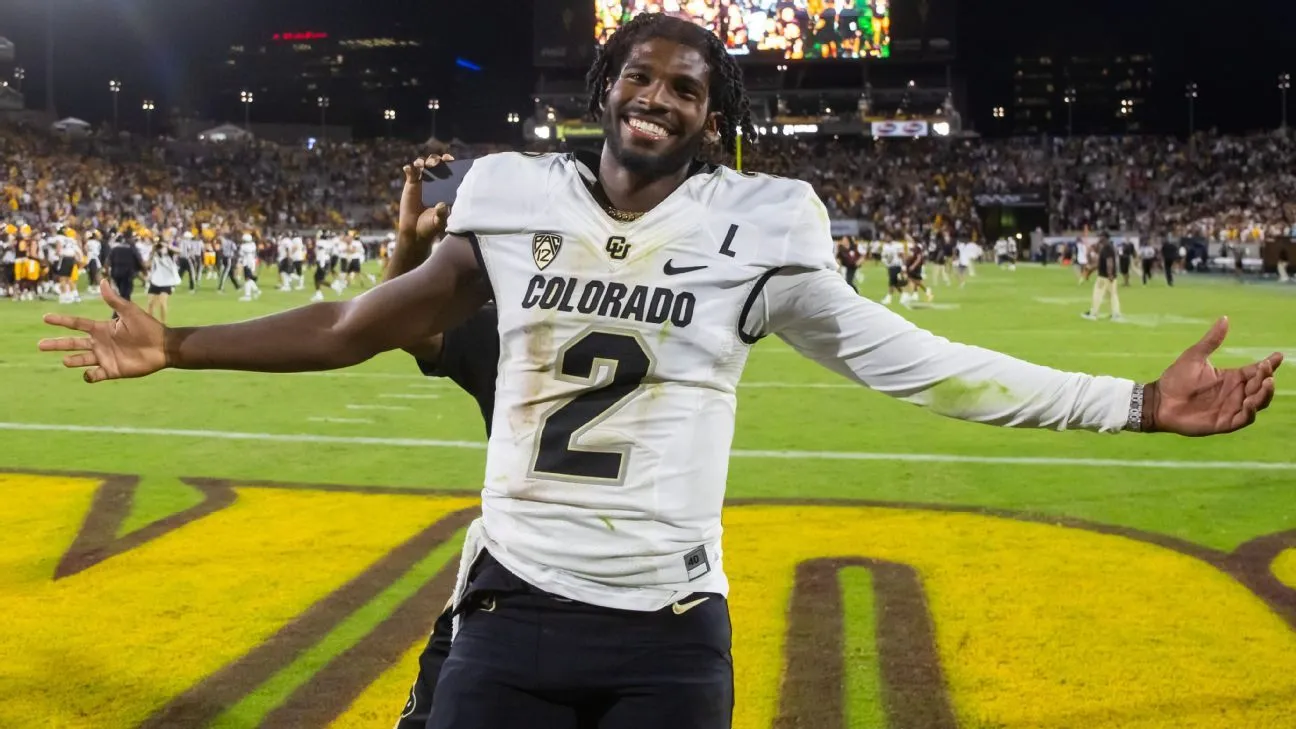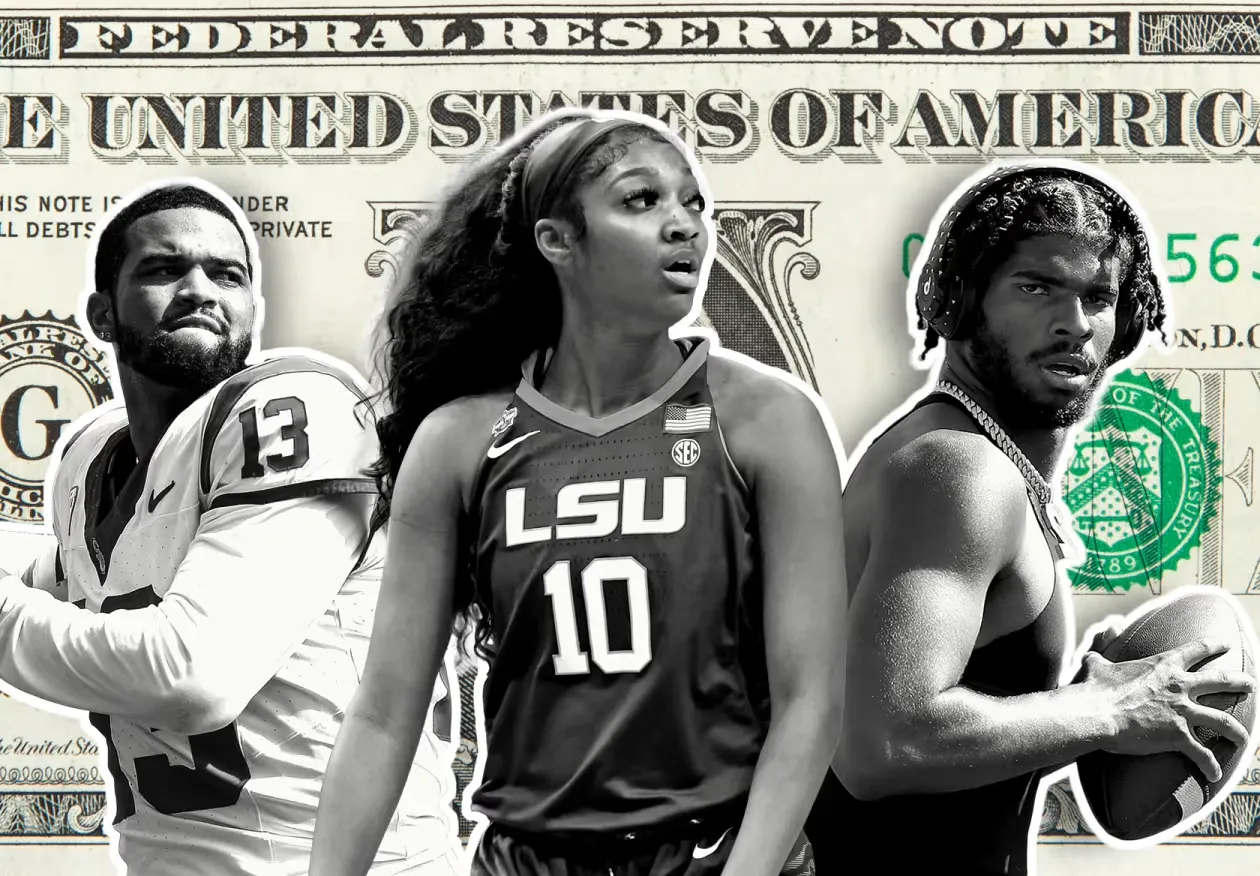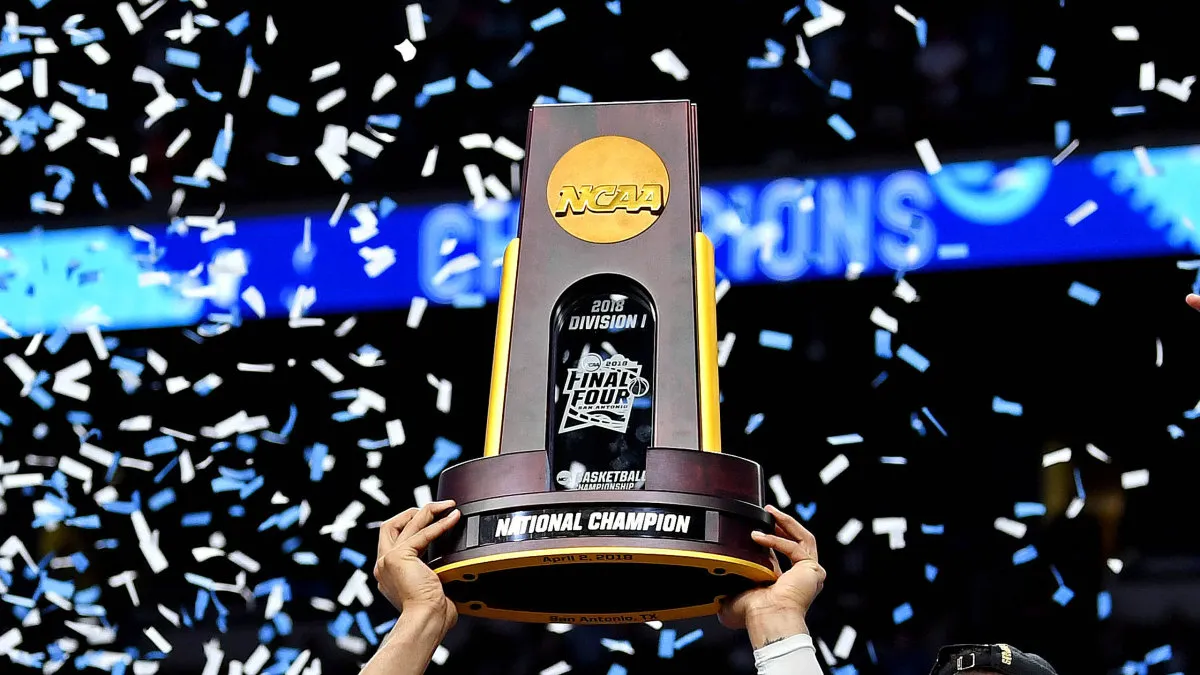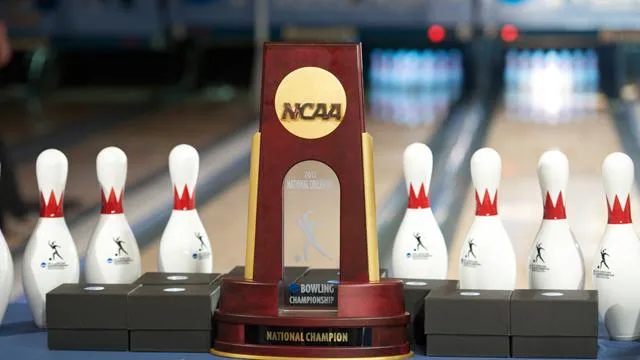Name, Image, and Likeness (NIL): What It Means for College Athletes in 2025
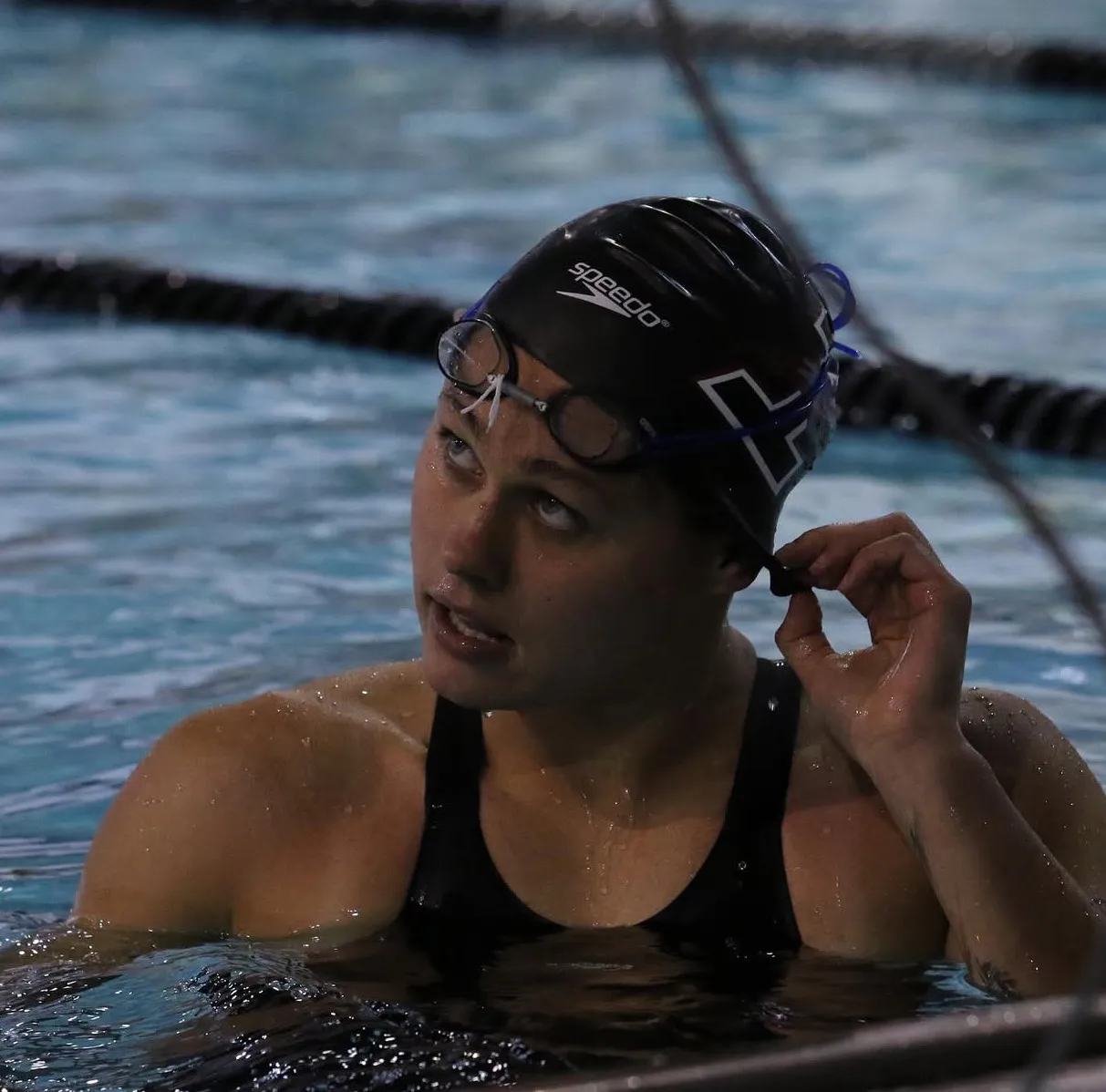
Maria Rezhylo
All-American swimmer & swim coach
Name, Image, and Likeness (NIL) refers to the legal right for college athletes to profit from their personal brand through endorsements, sponsorships, and business ventures.
NIL stands for the three key assets every athlete possesses: their name recognition, their image or appearance, and their likeness in photos, videos, or other media.
This represents a major shift in college sports that officially began on July 1, 2021, when the NCAA suspended its decades-old ban on athlete endorsements.
For the first time in over a century, student athletes can now earn money while maintaining their eligibility to compete in collegiate sports.
And the current NIL market is exploding.
In just the first year, college athletes collectively earned an estimated $917 million, with projections exceeding $1 billion annually.
Whether you're a high school athlete dreaming of playing collegiate basketball or football, a parent navigating the recruitment process, or a coach advising players, understanding NIL is no longer optional—it's essential.
The landscape is complex, with different state laws, evolving NCAA rules, and new opportunities emerging daily.
This guide will demystify everything you need to know about NIL rights, opportunities, and the rules governing this brave new world of college sports.
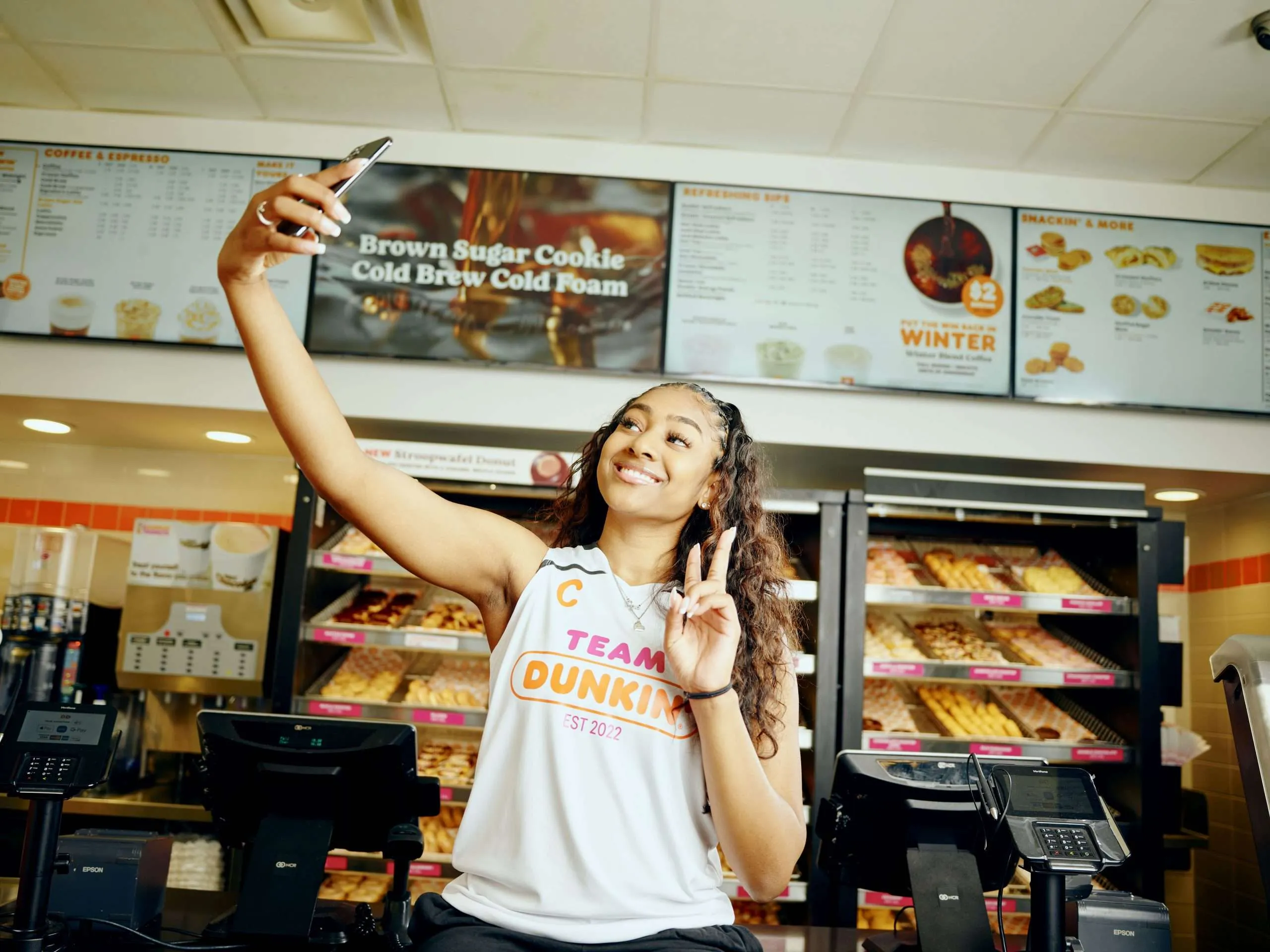
What Does NIL Stand For? The Foundation of Athlete Rights
Name, Image, and Likeness represent three distinct but connected assets that every athlete controls.
Your name includes any variation, nickname, or moniker you're known by in sports.
Your image covers photographs, video footage, or any visual representation.
Your likeness extends to voice recordings, biographical information, and even statistical performance data.
Before 2021, college athletes could not profit from any of these assets without losing eligibility.
The NCAA's strict amateurism rules meant that student athletes at member schools couldn't even sign autographs for money or appear in local commercials.
NIL refers to more than just endorsement deals.
It encompasses social media monetization, autograph signings, private coaching lessons, merchandise sales, and business ventures. Some athletes have launched clothing lines, created paid subscription content, or charged for personalized video messages.
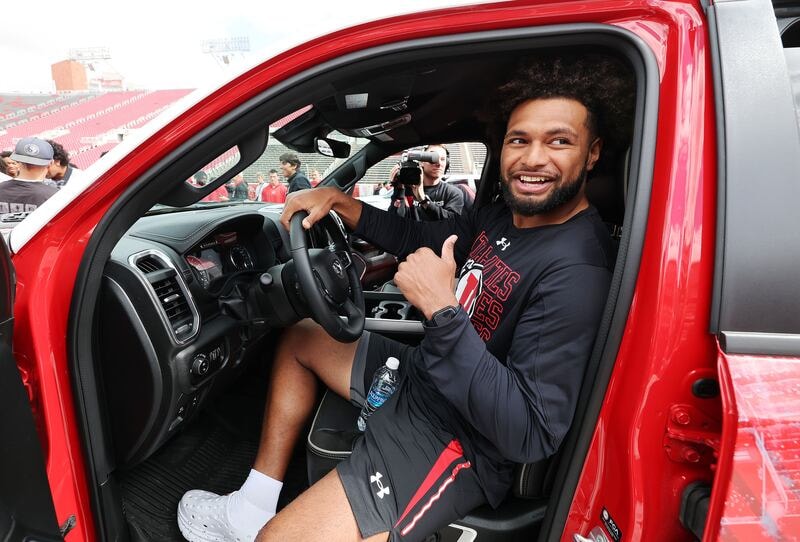
Fast Fact: The term "amateurism" in college sports dates back to 1906, but it took until 2021 for college athletes to gain basic commercial rights that high school students and even middle schoolers already possessed.
The shift allowing student athletes to profit from NIL came after years of legal pressure, including the landmark Supreme Court case NCAA v. Alston in 2021, which unanimously ruled against the NCAA's most restrictive compensation limits.
What This Means for You: Understanding NIL as three separate assets enables athletes to maximize their earning potential across various platforms and partnerships.
How Name, Image, and Likeness Deals Transform College Sports Teams
NIL deals have fundamentally changed how college sports teams recruit, retain, and support their players. These agreements range from local restaurant sponsorships worth a few hundred dollars to multi-million-dollar contracts with major brands.
The highest-earning college athletes typically play football or basketball at major universities, but female athletes have proven just as successful in the NIL landscape.
Women's basketball players secured 19% of all NIL compensation in the first year—the second-highest of any sport, trailing only football's 51% share.
NIL agreements take many forms.
One athlete might partner with a local car dealership for $5,000 per month to appear in advertisements and social media posts.
Another could sign with Nike for six figures to wear their gear and promote products.
Team-wide deals are also emerging—Chipotle recently signed the entire USC women's basketball team, providing each player with free meals throughout the season.
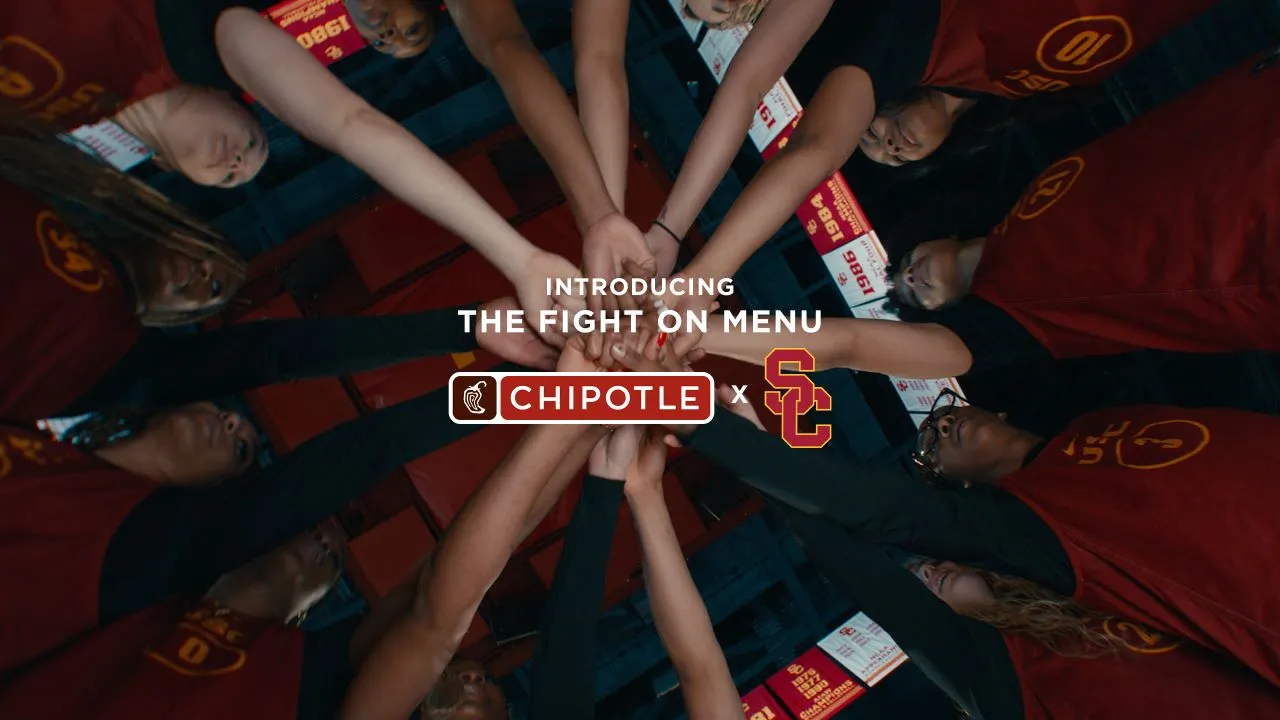
The diversity of opportunities means athletes in non-revenue sports can also benefit.
LSU gymnast Livvy Dunne leveraged her massive social media following into multi-million-dollar deals, proving that personal brand strength can matter more than which sport you play.
Fast Fact: Texas Tech softball pitcher NiJaree Canady signed the largest confirmed individual NIL contract to date: $1,050,024 for one year, including a $1 million playing grant.
What This Means for You: NIL success isn't limited to football and basketball stars—athletes in any sport can build valuable brands through social media and community engagement.
Understanding NIL Rules: What Schools and Athletes Can Actually Do
NIL rules remain complex because they originate from multiple sources, including federal law, state law, NCAA rules, and individual school and conference requirements.
The NCAA's interim policy permits NIL activities while maintaining several key restrictions.
Colleges cannot directly arrange NIL deals for athletes or use NIL as a recruiting inducement. However, they can provide education, resources, and platforms to help student athletes find opportunities.
Many schools have hired NIL coordinators and partnered with third-party platforms to streamline the process.
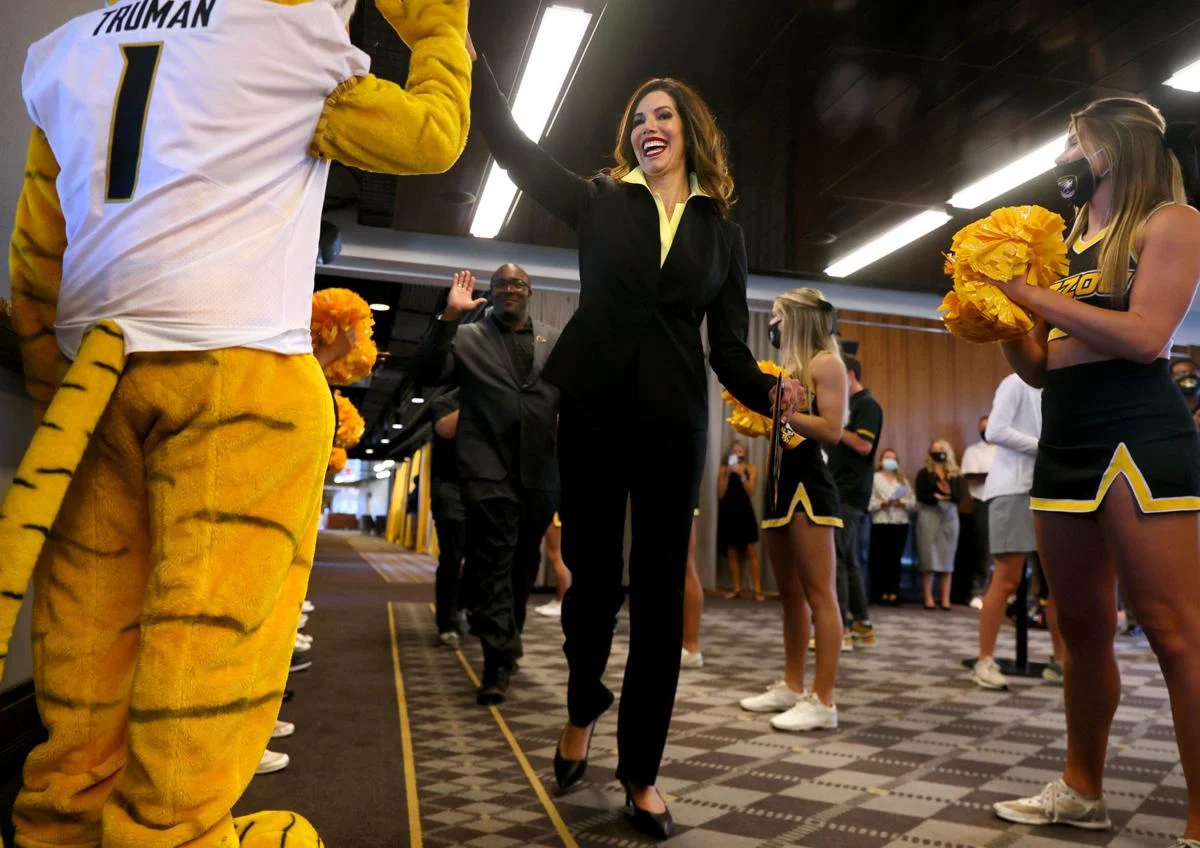
Athletes must report NIL activities consistent with their school's policies. Some universities require disclosure of all deals, while others only mandate reporting for contracts above certain thresholds. Conference requirements may add additional layers of compliance.
The "pay-for-play" prohibition remains in effect, meaning NIL deals cannot be conditioned on athletic performance, enrollment at a specific school, or recruiting commitments.
However, enforcement of this rule has proven challenging, especially when state laws explicitly protect certain activities the NCAA considers violations.
NIL collectives—groups of boosters pooling money to pay athletes—operate in a legal gray area. While technically allowed, their activities often blur the line between legitimate NIL and prohibited recruiting inducements.
Fast Fact: As of 2024, 29 states have passed their own NIL laws, creating a patchwork of regulations that varies significantly across the country.
What This Means for You: Always consult your school's NIL coordinator before signing any deal, and maintain detailed records of all NIL activities for compliance purposes.
The Economics Behind NIL Opportunities and Revenue Streams
NIL opportunities come from diverse revenue streams that didn't exist for college athletes before 2021. Understanding these sources helps athletes maximize their earning potential across multiple channels.
Traditional sponsorships
National brands like Nike, Gatorade, and major automotive companies now regularly sign college athletes to deals previously reserved for professional athletes.
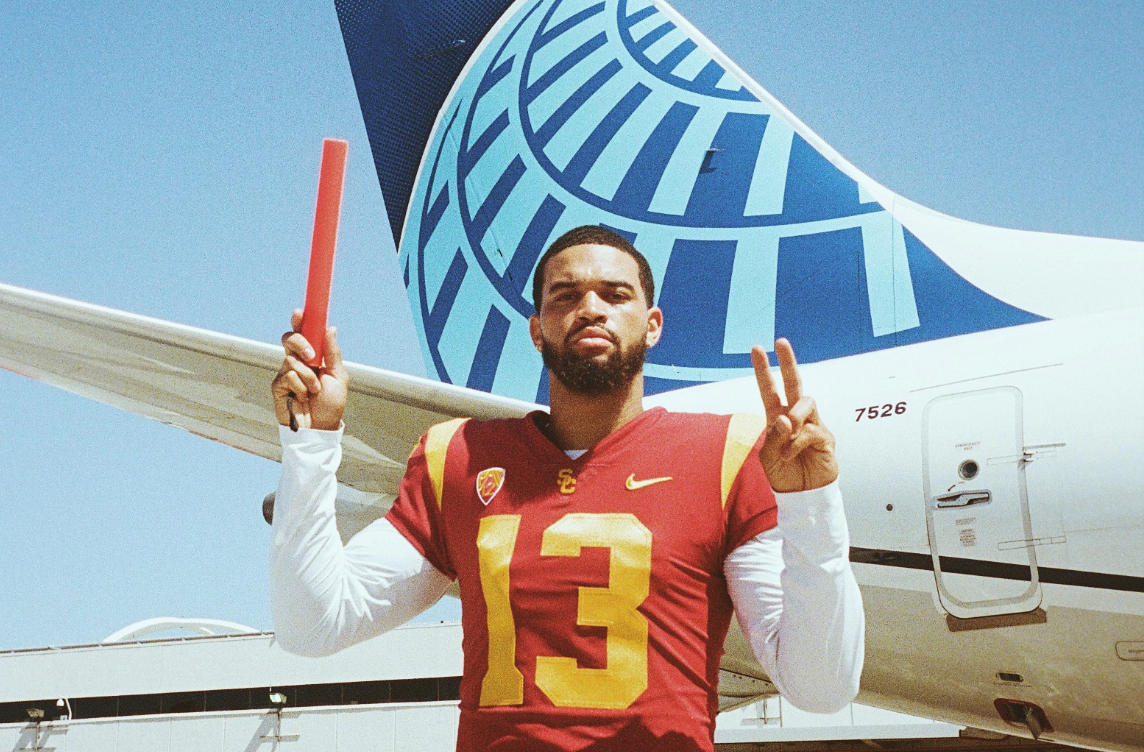
Social Media
Platforms like Instagram, TikTok, and YouTube offer revenue sharing, while athletes can charge for sponsored posts, product placements, and exclusive content subscriptions.
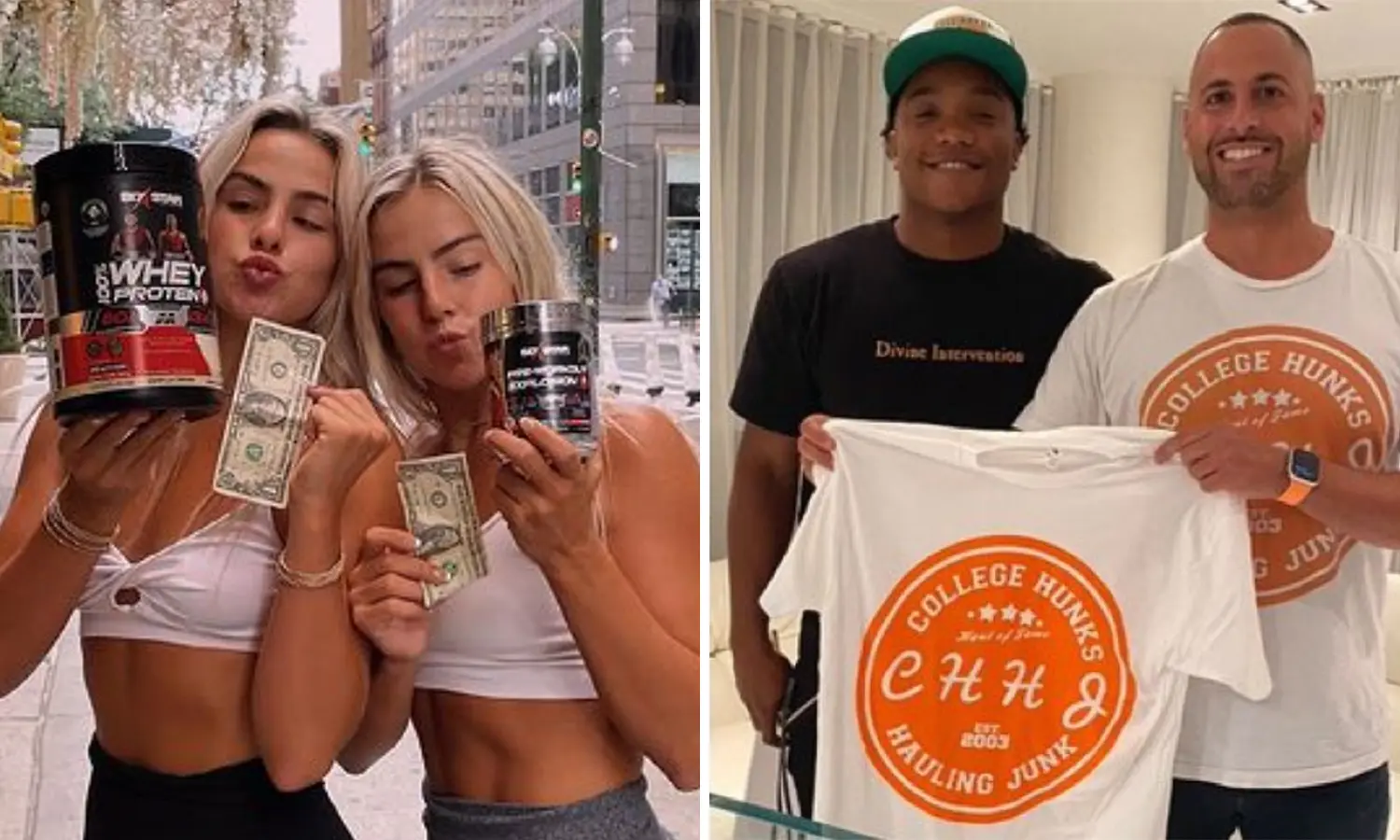
Autographs
One athlete might charge $50 per autograph at a local signing event, while star quarterbacks can command thousands for limited-edition items.
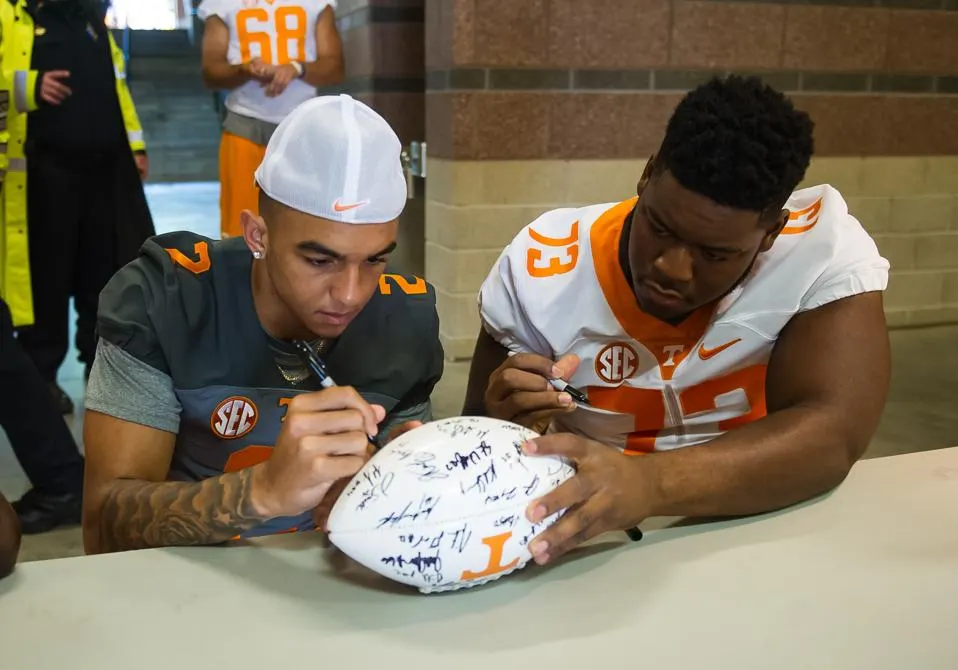
Business Ventures
Some athletes have launched clothing lines, opened restaurants, or created training programs. These ventures can continue generating income long after graduation, building wealth beyond typical endorsement deals.
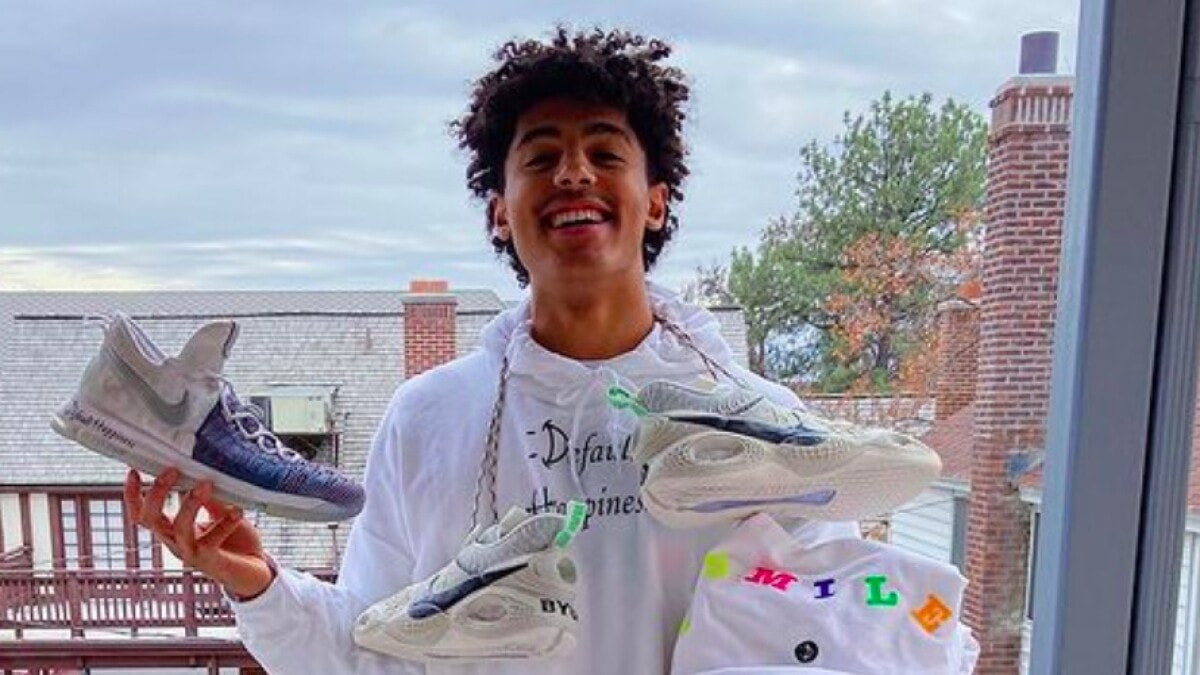
NIL Collectives
These booster-funded organizations pool resources to provide NIL opportunities for entire teams or specific positions, often targeting recruits or preventing players from transferring.
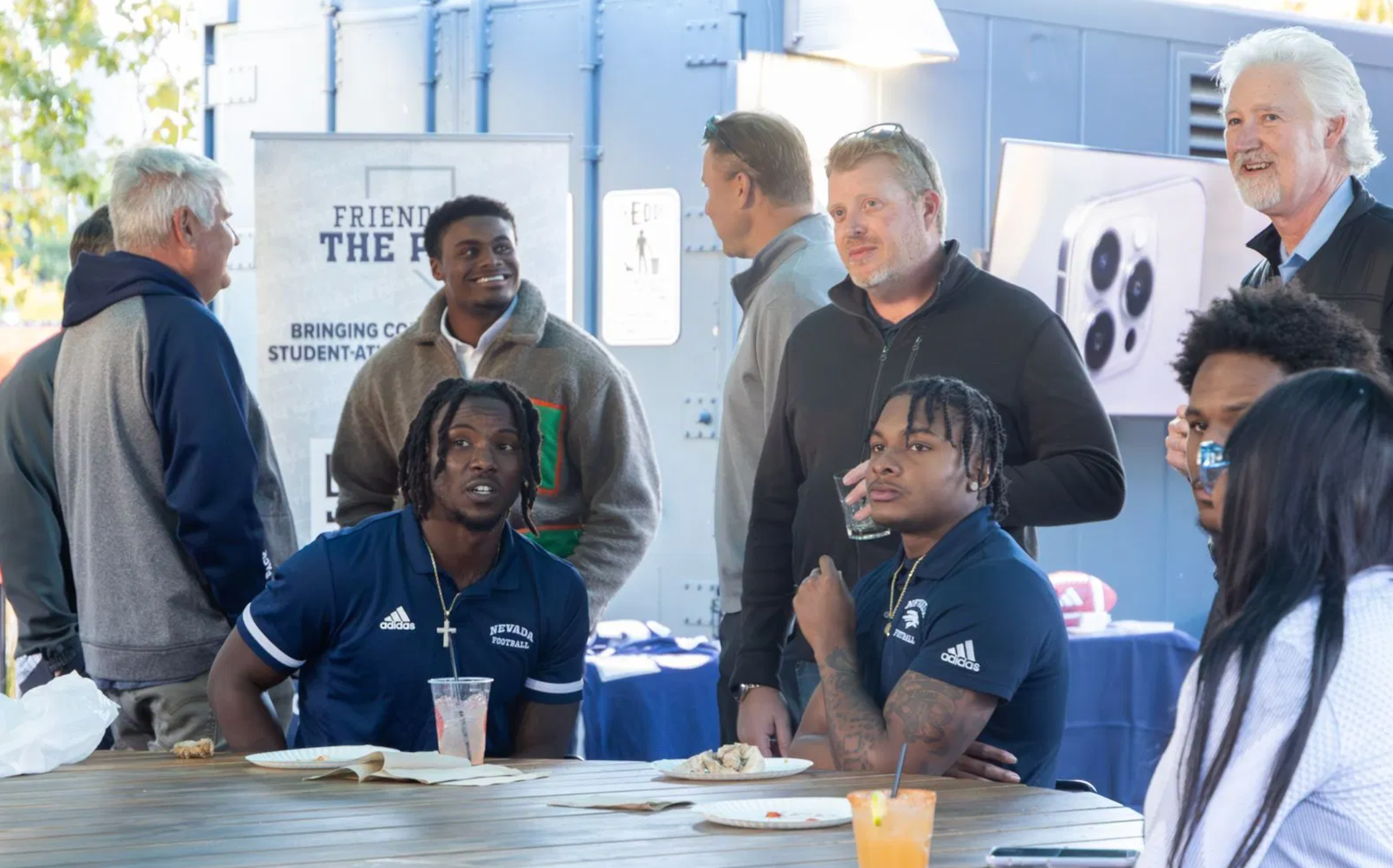
Fast Fact: The total NIL market grew from an estimated $917 million in year one to over $1 billion in year two, with projections showing continued exponential growth.
What This Means for You: Diversifying across multiple revenue streams provides more stable income than relying on a single large sponsorship deal.
Navigating State Laws vs NCAA Guidelines in the NIL Landscape
The NIL landscape remains complicated because different states have enacted laws that sometimes conflict with NCAA rules and with one another.
This patchwork creates advantages for athletes in certain regions while potentially disadvantaging others.
Texas exemplifies how state law can expand opportunities beyond NCAA baselines. The state allows universities to assist with fundraising for NIL collectives and explicitly prohibits the NCAA from punishing schools for activities permitted under state law.
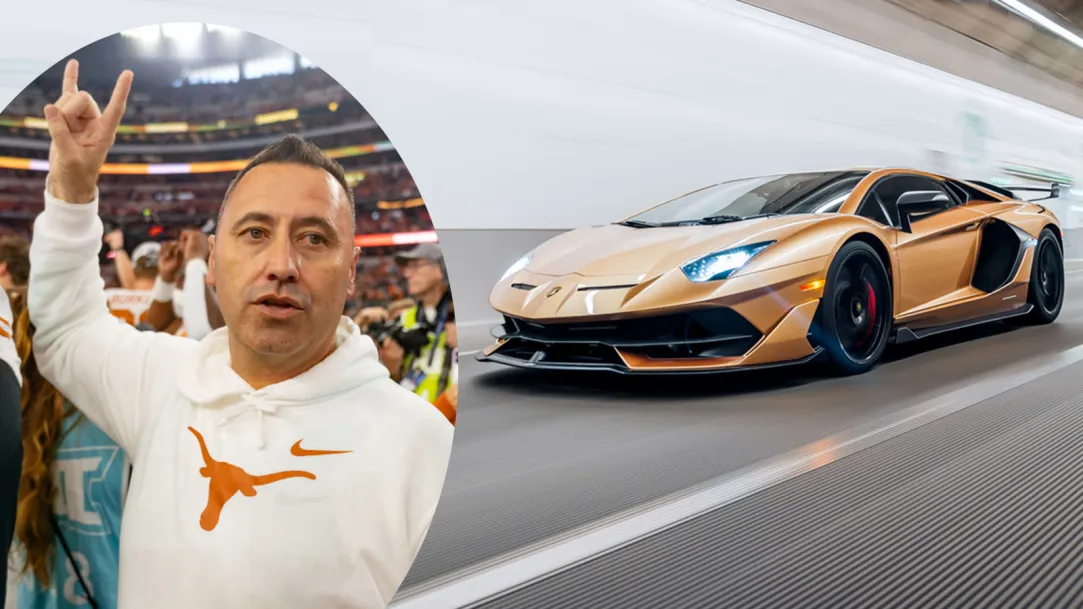
Other states, such as Alabama and Georgia, have passed similar protective legislation.
California's original Fair Pay to Play Act started the domino effect in 2019, but by the time it would have taken effect in 2023, the NCAA had already changed its own NIL rules. Still, California continues pushing boundaries with proposals for direct revenue sharing between schools and athletes.
Some states have taken entirely different approaches.
Washington focuses on athlete education and protection rather than expanding opportunities, while other states have chosen not to pass NIL legislation at all, relying on NCAA guidelines.
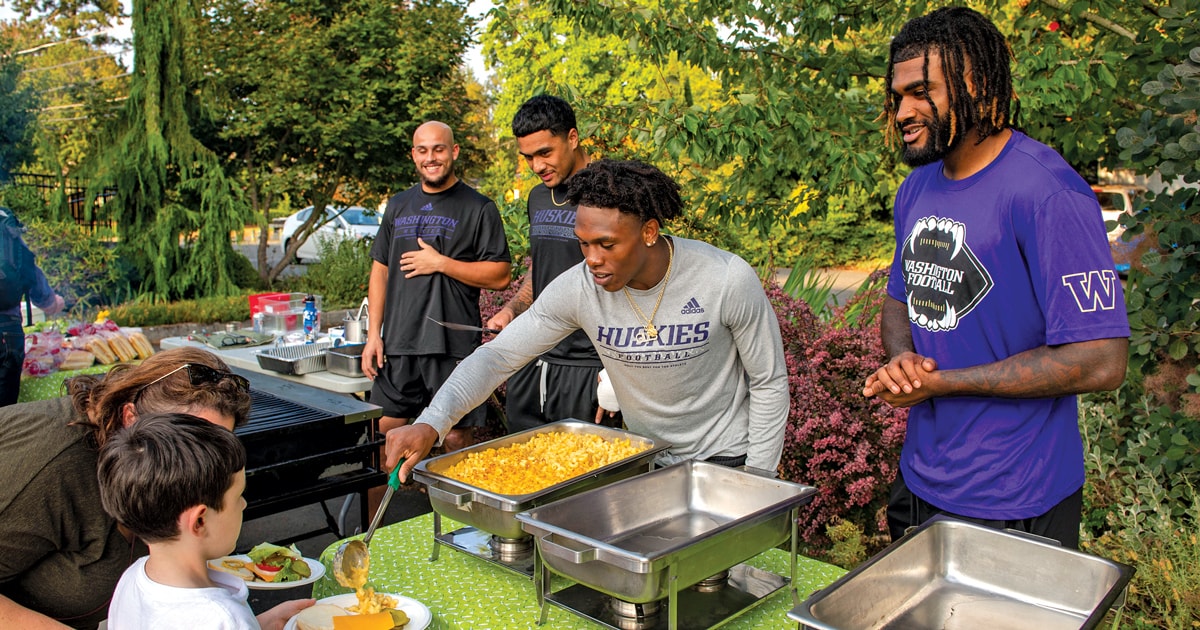
The first student manager to sign an NIL deal highlighted another complexity. Some state laws cover all student-athletes, including non-scholarship players and managers, while others focus only on scholarship athletes.
This inconsistency has led to calls for federal legislation to create uniform standards. Several bills in Congress aim to preempt state laws and establish national NIL standards, though none have passed yet.
Fast Fact: A 2024 federal court injunction prevented the NCAA from enforcing certain NIL restrictions in multiple states, further limiting the organization's regulatory power.
What This Means for You: Research your state's specific NIL laws and understand how they might affect your opportunities compared to athletes in other regions.
Success Stories: From Million-Dollar NIL Deals to Football Collectives
Real-world NIL deals illustrate the diverse range of opportunities available across various sports and demographics.
These success stories serve as blueprints for athletes seeking to maximize their earning potential.
LSU gymnast Livvy Dunnerepresents the breakout star of the NIL era. With over 7 million social media followers, she's secured deals worth an estimated $4.1 million, making her one of the highest-earning college athletes in any sport. Her success comes from lifestyle and fashion partnerships rather than traditional sports endorsements.
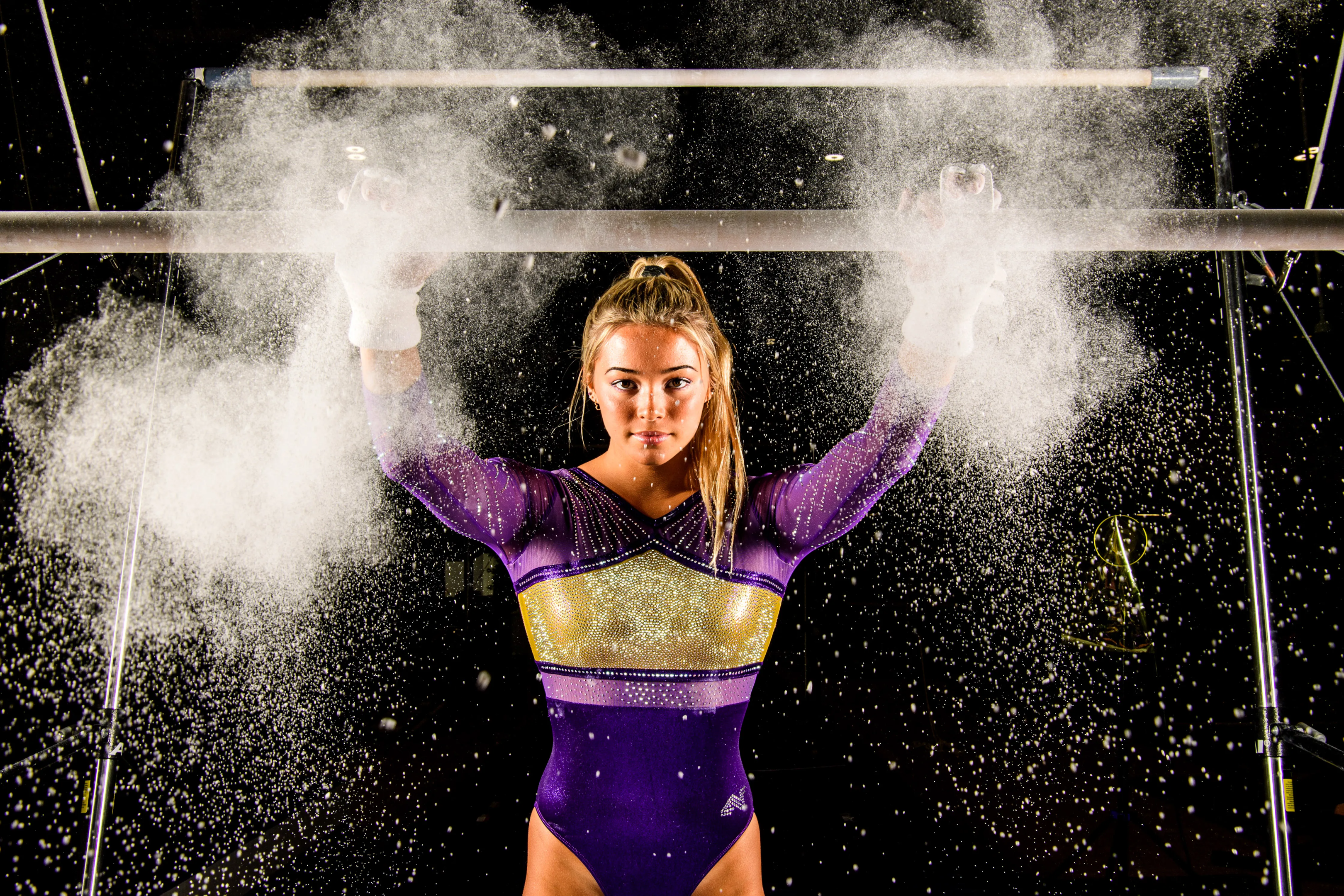
Arch Manning, the Texas quarterback and nephew of NFL legends Peyton and Eli Manning, tops NIL valuation lists at approximately $6.5 million despite being early in his college career. His deals span traditional sports brands and newer partnerships with energy drink companies and technology firms.
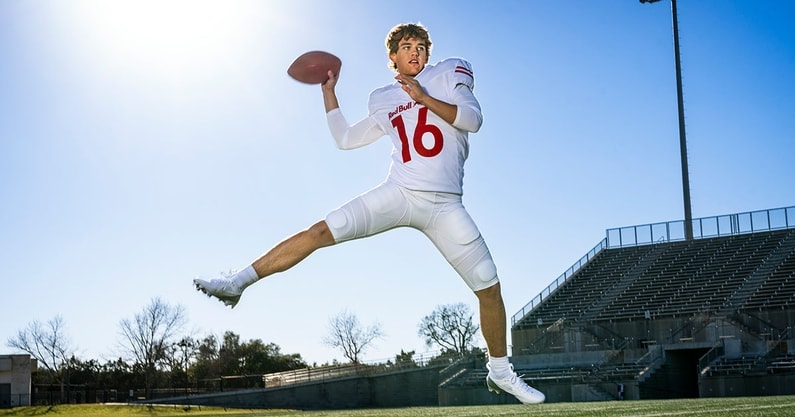
Team-wide success stories are also emerging.
TheUSC women's basketballteam's partnership with Chipotle provides each player with weekly free meals throughout the season. While individual values aren't disclosed, these group deals ensure that all team members benefit from NIL, rather than just the stars.
Football programs in Texas have pioneered NIL collective models. The University of Texashas multiple collectives raising millions annually to support athletes across all sports, not just revenue-generating teams. These collectives provide monthly stipends, performance bonuses, and community appearance fees.
Non-revenue sports are also finding success.
Track and field athletes have leveraged Olympic connections for equipment deals, while baseball players partner with local businesses in college towns.
Fast Fact:Cooper Flagg, Duke's freshman basketball sensation, has an estimated NIL value of $4.8 million despite never playing a college game when deals were announced.
What This Means for You: Success in NIL often depends more on social media savvy and personal brand development than pure athletic achievement.
Revenue Sharing and the Future of College Athletic Compensation
The NIL landscape is evolving rapidly, with major changes coming that will reshape how college athletes are compensated.
The most significant development is the June 2025 NCAA settlement in the House v. NCAA class action lawsuit.
Revenue sharing will begin in the 2025-26 academic year, allowing schools to directly pay athletes up to approximately $20 million per institution annually. This represents a fundamental shift from NIL's third-party model to direct compensation from universities.
This change means athletes will receive money from two sources: traditional NIL deals with outside companies and direct payments from their schools. The combination could significantly increase total compensation for college athletes, particularly at highly supported programs.
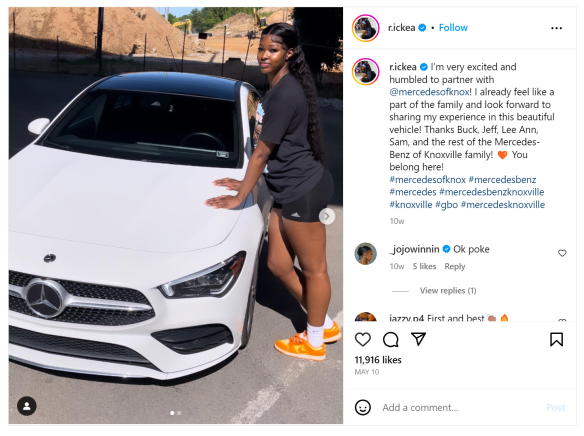
Many schools are already planning how to distribute these payments.
Some may spread funds equally among all athletes, while others might focus on revenue-generating sports like football and basketball.
Title IX requirements will likely influence these decisions, ensuring equitable treatment across men's and women's sports.
The settlement also includes $2.8 billion in retroactive payments to athletes who competed between 2016 and 2023, acknowledging that previous restrictions were unlawful. This validates the argument that student athletes deserve compensation for their contributions to college sports.
Future developments may include professional sports-style salary caps, standardized contracts, and agent representation becoming more formalized.
Some experts predict that college sports will eventually resemble minor league professional sports more than traditional amateur athletics.
Fast Fact: The $20 million per school cap for direct payments is approximately equivalent to the annual salary budget for an entire athletic department's coaching staff at many universities.
What This Means for You: Prepare for a future where NIL and direct school payments create unprecedented earning opportunities for college athletes.
Your NIL Action Plan: Three Steps to Success
The NIL landscape presents athletes with unprecedented opportunities, but achieving success requires strategic thinking and proactive effort.
Whether you're a high school athlete preparing for recruitment or a college athlete looking to maximize earnings, these principles will guide your approach.
New rules continue evolving, but the fundamental opportunity remains: athletes can now build personal brands and monetize their talents while competing in collegiate sports. The current NIL market rewards authenticity, engagement, and business savvy as much as athletic performance.
Success stories span all sports and demographics, from football players in Texas to gymnasts in Louisiana to basketball players across the nation.
The key is understanding that NIL isn't just about endorsement deals—it's about building a sustainable personal brand that creates multiple revenue streams.
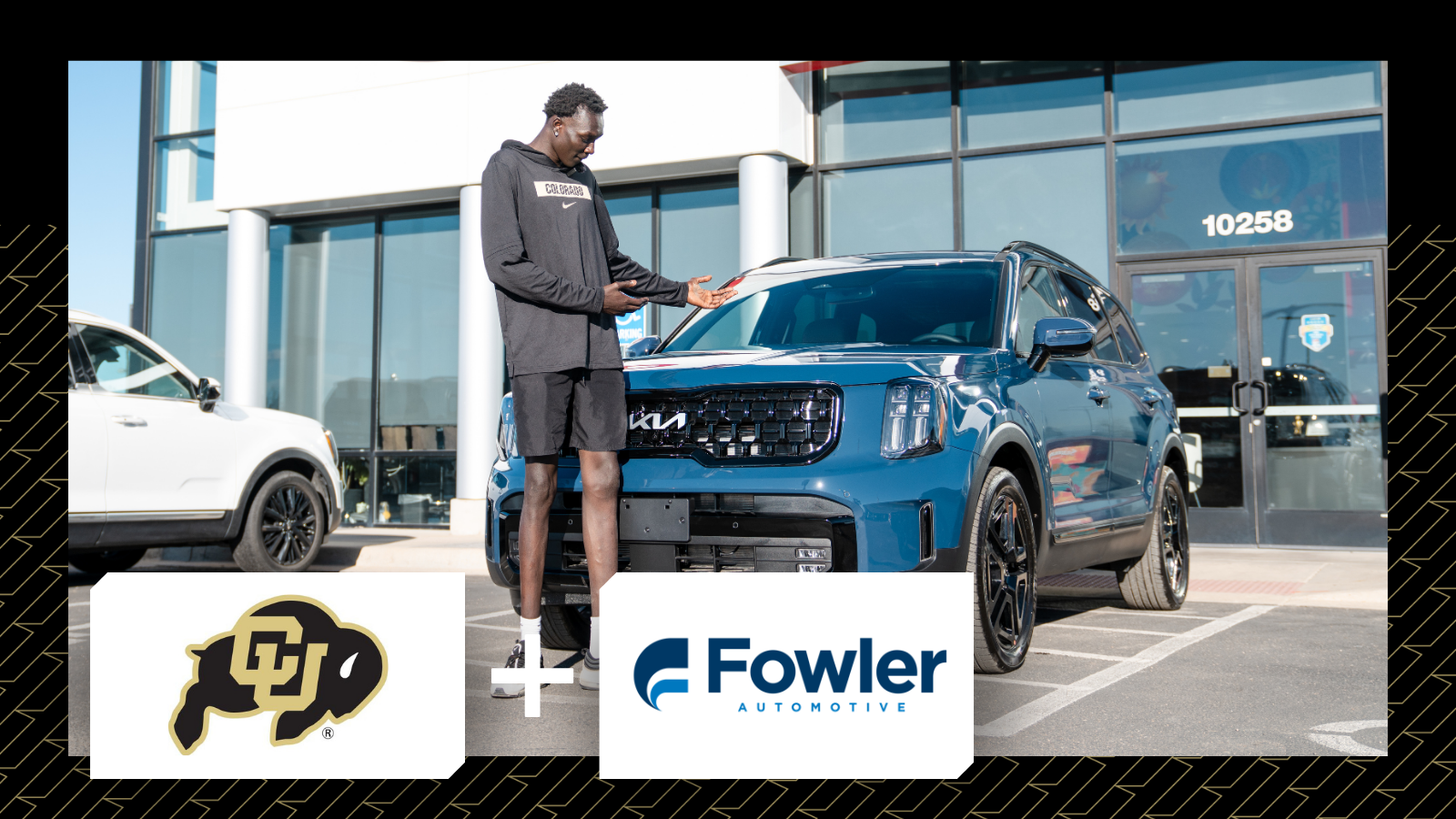
The future promises even greater opportunities as revenue sharing begins and NIL rights continue expanding. Athletes who start building their brands now will be best positioned to benefit from these developments.
Here are three actionable steps every athlete and family should take today:
1. Build Your Digital Presence: Start creating content on social media platforms that showcase your personality, not just your athletic achievements. NIL opportunities often depend more on engagement and authenticity than follower count. Share behind-the-scenes training content, community involvement, and interests outside sports.
2. Understand Your Local Market: Research businesses in your college town or recruiting area that may value partnerships with student-athletes. Local car dealerships, restaurants, and service providers often offer the most accessible first NIL deals. Network with athletes from other sports to learn about opportunities you might not have considered.
3. Get Professional Guidance: Connect with your school's NIL coordinator and consider working with an agent or marketing representative as your opportunities grow. Many states now allow agent representation for NIL activities, and professional guidance can help you avoid compliance issues while maximizing earnings.
The NIL revolution has fundamentally changed college sports, creating opportunities that seemed impossible just a few years ago.
Athletes who understand these opportunities and act strategically will build not just successful college careers, but valuable skills and income streams that last well beyond graduation.
